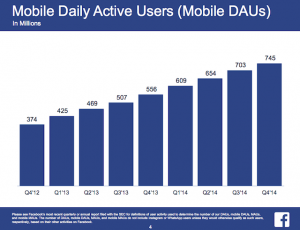— September 6, 2017

When it comes to SEO it’s by far the most complex of all the things digital marketing encompasses. It’s not just about the marketing. It’s how your blog is presented both on page and on the search engines. How your posts are shared on social media. And then how your content is judged as being quality or just another page of irrelevant gibberish. It’s impossible for me to sum up SEO in just one blog post. It needs a whole book. Probably several books.
Having good SEO on your blog is vital if you want your hard work to be taken seriously. This may sound harsh. But a badly presented blog usually has bad SEO. It won’t rank very well and it won’t share very well on social media. These are all vital if you want your blog to be a success. Whether you’re writing for your own personal blog or a business blog you want it to be read by as many people as possible. Good SEO will ensure that. I see so many bloggers every day that are sharing content that just doesn’t have the fundamentals of even basic SEO
So where do you start if you want to get your SEO right on your blog? You start with the basics.
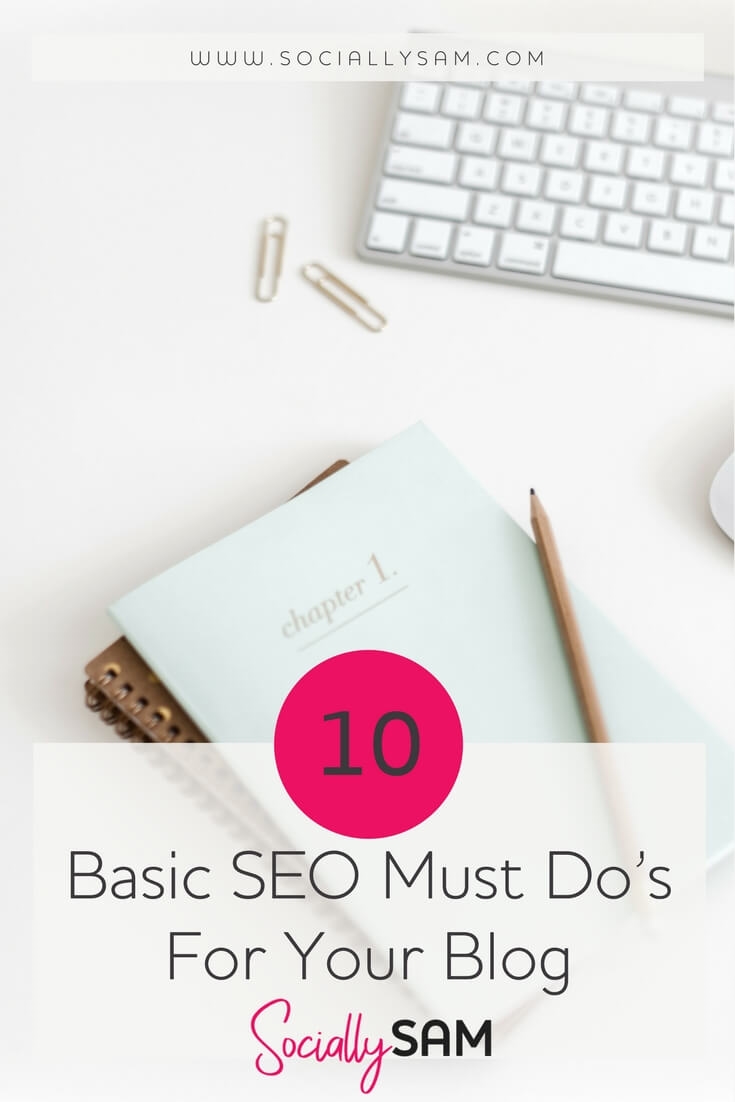
1. TITLE AND DESCRIPTION
Your title is what the search engine is going to read. Therefore it needs to give a clue as to what your blog post is about. Vague titles are all well and good and may embrace your inner creative. But they will confuse the algorithms and risk getting your content flagged as irrelevant or low quality. But it’s not just the search engines that are going to read it. So are your potential readers. I’ll refer to open graph data later in this post, but when a blog is shared to social media in the right way, the title should be visible. Therefore the reader is getting a good hint as to what the post is about. Warning – don’t click bait either. If you’re browsing the internet and reading blogs then I’m pretty sure you’ve been snared by click bait at some point. It’s damn annoying.
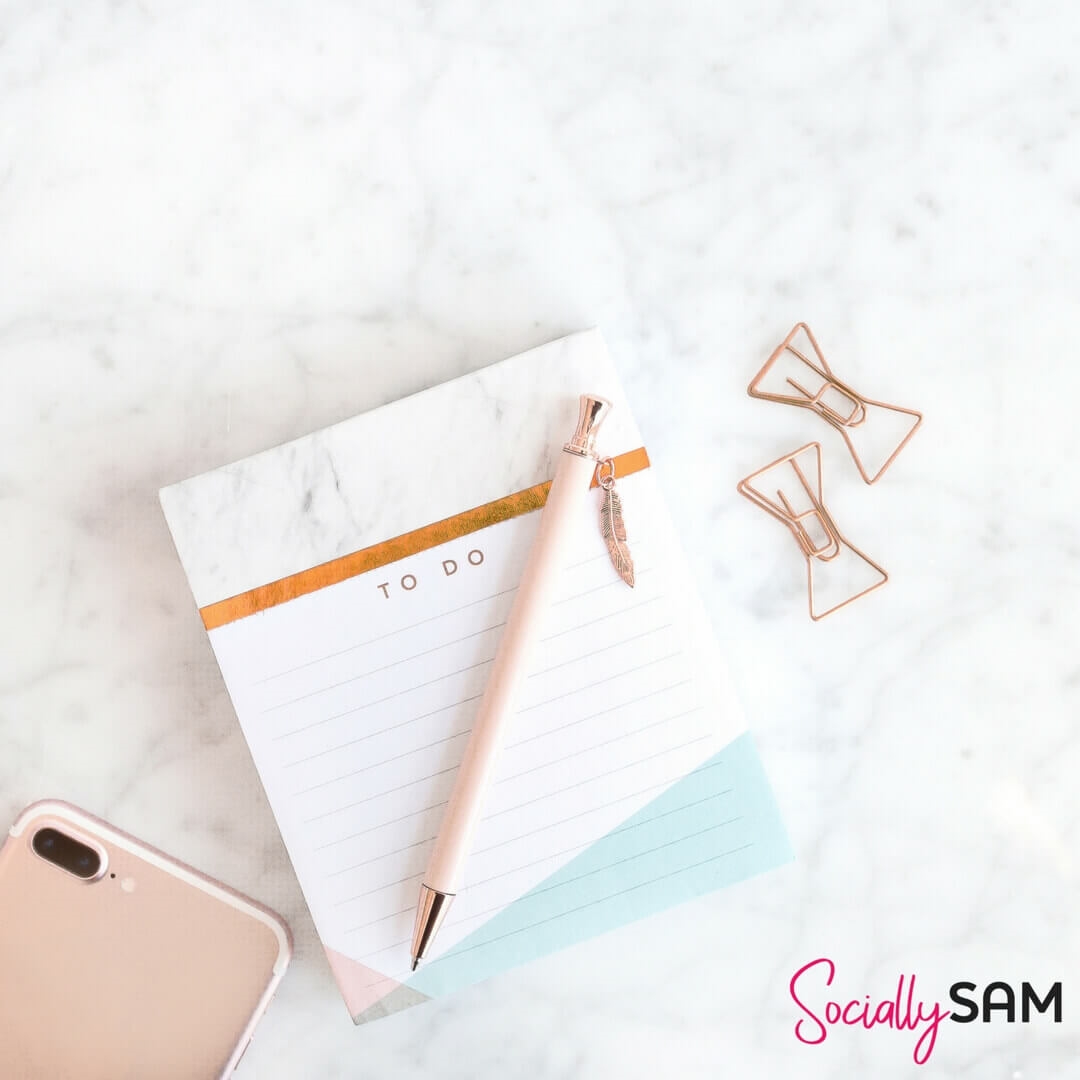
Your title should be roughly about 56 characters. Give or take. Your description should be about 155 characters. Unlike titles, descriptions are not read by search engines for ranking. However, they are read by potential readers. Think about it for a second. When you Google something and the results show up, you see the page title and then the short description below. You read both. Without giving the whole game away, make sure your description expands on your title and gives the reader enough information so that they want to click to find out more. Tease don’t bait.
2. ALT ATTRIBUTES
Tagging your images with alt tags is missed by so many. Every image needs to have a description that gives the search engine a clue as to what it’s about. A description, again, what it’s all about and the alt tags. When a page loads, if the images don’t load for whatever reason then the alt tag will show instead. But also, the alt tag is used for audio descriptions of pages for those that cannot see the page. Think about the file names you give your images. This is how a lot of copyright fraud is detected. The infringers don’t remove the original file information so it becomes easily searchable. By calling your files something that’s related to the title of your post, this will also help your images rank.
3. PRETTY URLS
Having a post URL that is made up of your title and gives us a clue about the post not only helps in search but when others share your links. When a URL is ugly and perhaps made up of the date, random numbers and characters then it doesn’t make much sense if someone just sees the link. A nicely worded and formatted URL gives the reader the confidence to click on it.

4. LINKING
The blogging world is full of rubbish advice about nofollow links. It doesn’t matter if the link is a follow or a nofollow if it’s not relevant to the piece of content it’s embedded into. If your site is full of nofollow links then that is actually sending a negative signal to Google to say that you’re linking up too much irrelevant rubbish and trying to cover it up. A natural, organic site would consist of follow and nofollow links that are placed within the content that reads naturally and flows right. Google is quite ok with you placing links on your site so long as they are relevant to your overall site’s content and are worded naturally. Start throwing the links and keyword anchor text around like confetti and Google will flag you up for review. Likewise, remember to disclose if a link is sponsored. That’s a legal requirement.

You also need to link to internal content. Reference previous blog posts. Link related posts up at the end of your blog. The aim is yes to create a good internal linking system, but also to offer up more content for your readers to consume and keep on your site for longer.
5. LEARN TO SPELL
Algorithms are getting more human like with their reading skills. So naturally, when a post is littered with bad spelling and grammar, the search engines know and regard it as low-quality content. And if that wasn’t bad enough, imagine if it’s a piece you’ve created for a brand on your own blog! It may sound pedantic, but it matters. It matters for your own professional standards and for ranking. There is no excuse with the great free tools that are available and links to my favourites are at the end of this post.
6. GET YOUR DOT COM
Ok, seriously. Why are you touting your blog when you’re still using Blogger, Wix or the not self-hosted version of WordPress? You don’t own any of that content, you can lose it in a heartbeat and some of those platforms don’t rank. As well as don’t give you accurate stats or domain authority.
Having your own website is cheap as chips these days. I’ll talk more about hosting in a minute. Securing your own dot com domain is the best thing you can do for your blog. It also is a step in the right direction for building your personal brand. As a blogger, you really should have a very varied set of technical skills and one of those should be using self-hosted WordPress and being able to create at least a basic website. There are plenty of great themes out there and tons of tutorials on YouTube. If you’re planning on growing your blog and are in it for the long haul then invest in a good domain name now.
Whilst I’m talking about domains. When you get yours, set up the mailbox. It just looks about a million times more professional when you use your domain name as your email. Using Gmail for business is not cool.

7. GET YOUR WORD COUNT UP
Ever noticed how long my posts are? I’ve got the high word count going on. Two reasons for that. Firstly, I’ve got a lot to say and I like to give you all the information and not leave you hanging. Secondly, Google is not interested in short posts. Anything under 300 words is going to struggle to rank. Over 500 and it’ll get a sniff. Over 2000 and it’s going to rank way higher than all those little posts. Google views long posts of being of more relevance, authority, and higher quality. And I’m all about that. Get writing!
8. KEEP IT REGULAR
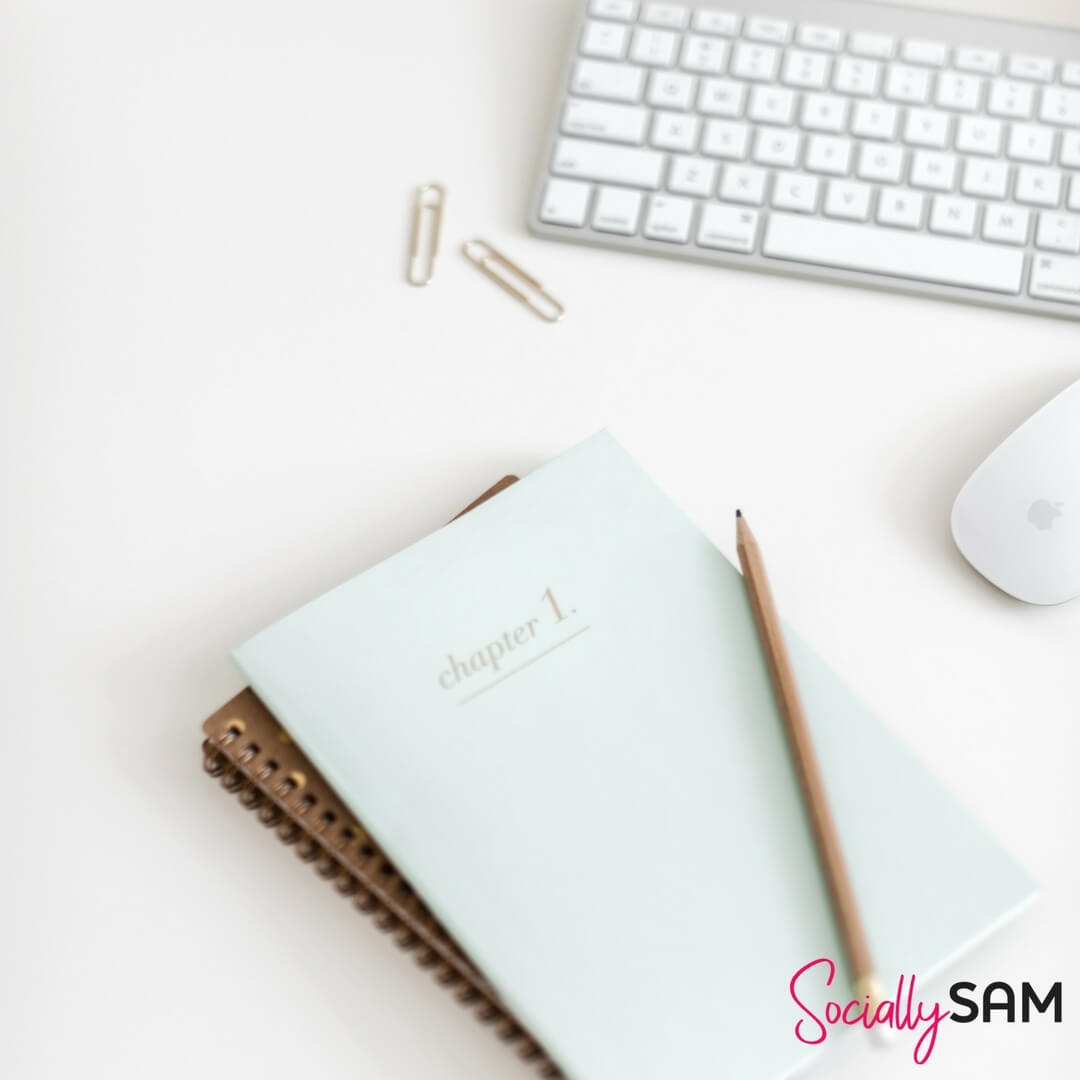
I am the first to admit that I struggle to keep to my own posting schedule. But since I’m glued to my analytics all the time, I know that when my numbers drop it’s all my own fault for not staying regular. If you all know one thing about blogging and vlogging, it’s that consistency is key. Guess what? Algorithms love consistency. Yes, they love to see you pumping out new content on a regular basis. But this also tells the search engines that you are maintaining your website. A well-maintained website will rank higher than one that isn’t being updated regularly.
Pro tip – you know the little copyright notice at the foot of your website? Search engines view this as a sign your website is being maintained. If it’s out by like a year, they think you aren’t looking after your site and drop your ranking. Go and check yours now. Well not right now. When you’re done reading this post, liking and sharing it.
9. SITE SPEED
Recently I had problems with my website speed. It was going slower than a wet weekend in Skegness. I’d optimised the living daylights out of my site and was running out of options. Crawlers couldn’t crawl my site because they were timing out. If a crawler can’t crawl then they can’t get the information they need. This isn’t good.
I contacted my hosting company for help. Two weeks of almighty stress followed and a move to a new hosting company occurred. I’ll write another post about this next week but the number one lesson to learn here is that good hosting is vital to a good blog and its SEO.

Regularly check your site speeds. If they are averaging above 3 seconds then you probably have an issue. Crawlers will usually time out after 3 seconds. But also think of your reader. Slow loading pages cause you to click away. This means a) you lose a reader and b) it messes with your bounce rate and average user timings. Important factors that are considered for ranking. A high bounce rate means users arrive and leave on the same page. They aren’t browsing. A low average user time probably also means they aren’t reading. They aren’t hanging around. The overall aim is to keep people on your site for as long as possible (long posts and good internal linking), browsing further pages, and then sharing it.
10. OPEN GRAPH DATA
This is a pet peeve of mine. Bad open graph data is rife amongst personal bloggers. The easiest way to describe it is when someone shares what could be a blog post on Twitter. There’s an image, but it’s not the right size for Twitter so you can’t see it all properly. There’s a bit of wording in the post, with a few hashtags and somewhere buried in there is a link to the post. If you’re viewing on mobile it might be tricky to hit the link and you end up in a hashtag search instead. It’s annoying.
Twitter has this great functionality called Twitter Cards. It allows you to share a link to your post and the correct sized image comes up, along with the title and a link, and it’s all contained within the post. All nice and neatly. Here’s one of mine. It’s easy to click on to read the post. And you get great stats in your Twitter Analytics from them.
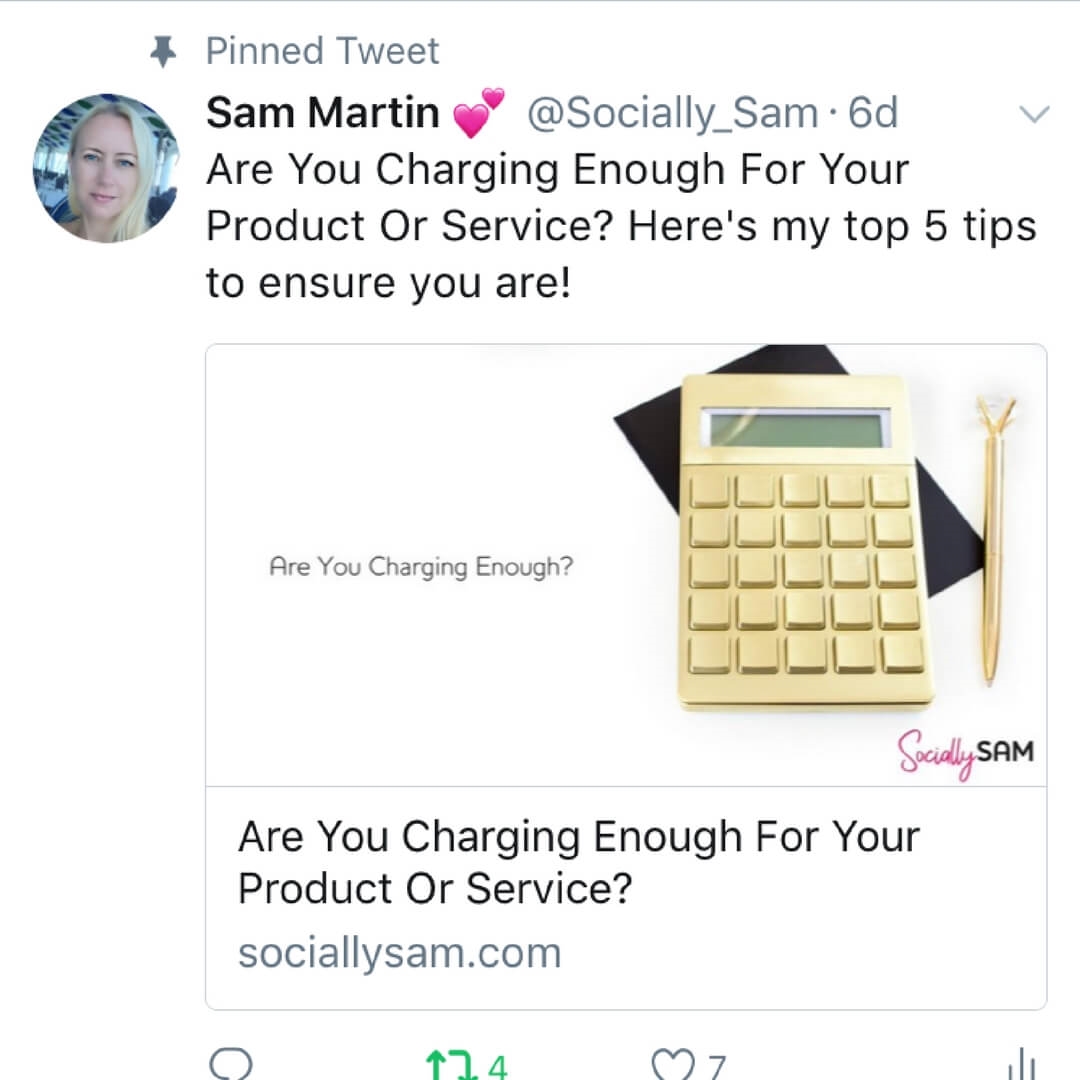
Same with Facebook. Posts can be formatted to just fit right and look right when they are shared. You just need to do a little bit of work with a plugin on your posts to get it right. It’s not difficult and it makes your post look far more professional when shared. More shares mean more good social signals that your content is good and people like it. Good signals equal good ranking.
TOOLS TO USE
You don’t need loads of fancy tools to be able to do all this. Just 3 will do most of this for you and you don’t even have to spend any money.
Yoast – this is an SEO dream and does all the leg work for you. As well as sorting out your titles and descriptions it tells you if your writing is any good or not and what changes to make. Like having your own sub editor without paying the fee.
WPSSO – this one does all your open graph data stuff. There is an upgrade but the free version is great for the basics. For a business, the upgrade is worth it and there are add ons for your schema markup and location stuff.
Grammarly – just install this on your Chrome browser and honestly, you’ll wonder how you ever managed before you had it. You might also want to go over some old posts and edit them with this tool. It’s like the angel spelling bee sent to correct all your misplaced commas.

BONUS TIP
If you have a mailing list or shop on your blog then you need to get yourself a https or SSL. If your site is handling data then you need to make sure it’s done securely. The law is also changing around this so it’s best to update your site now ready for this change or be caught out after the changes. Talk to my hosting guys and they will sort this out for you. I’m doing mine at the moment and it’s been very pain-free. They didn’t pay me to say that.
Digital & Social Articles on Business 2 Community
(78)




